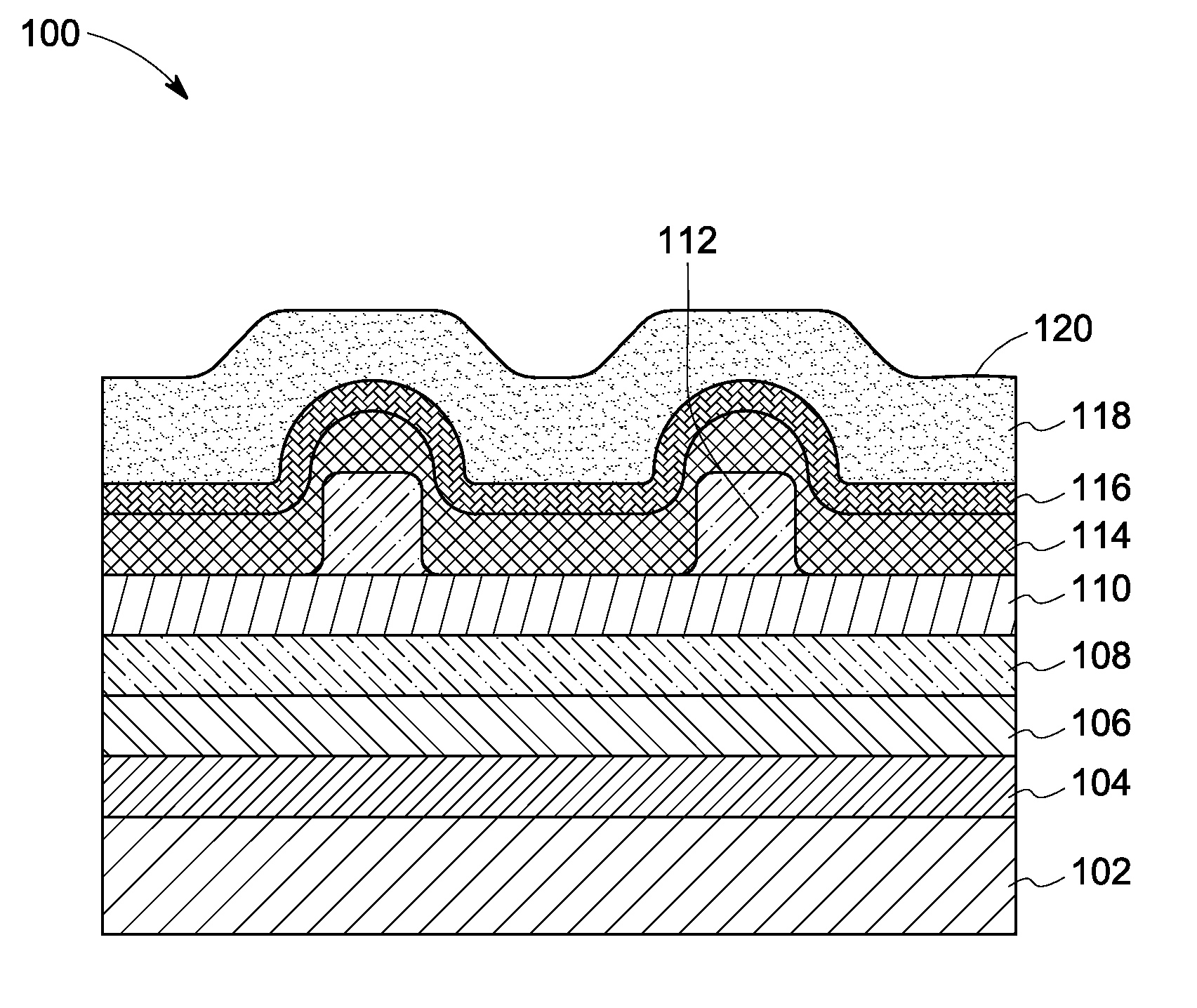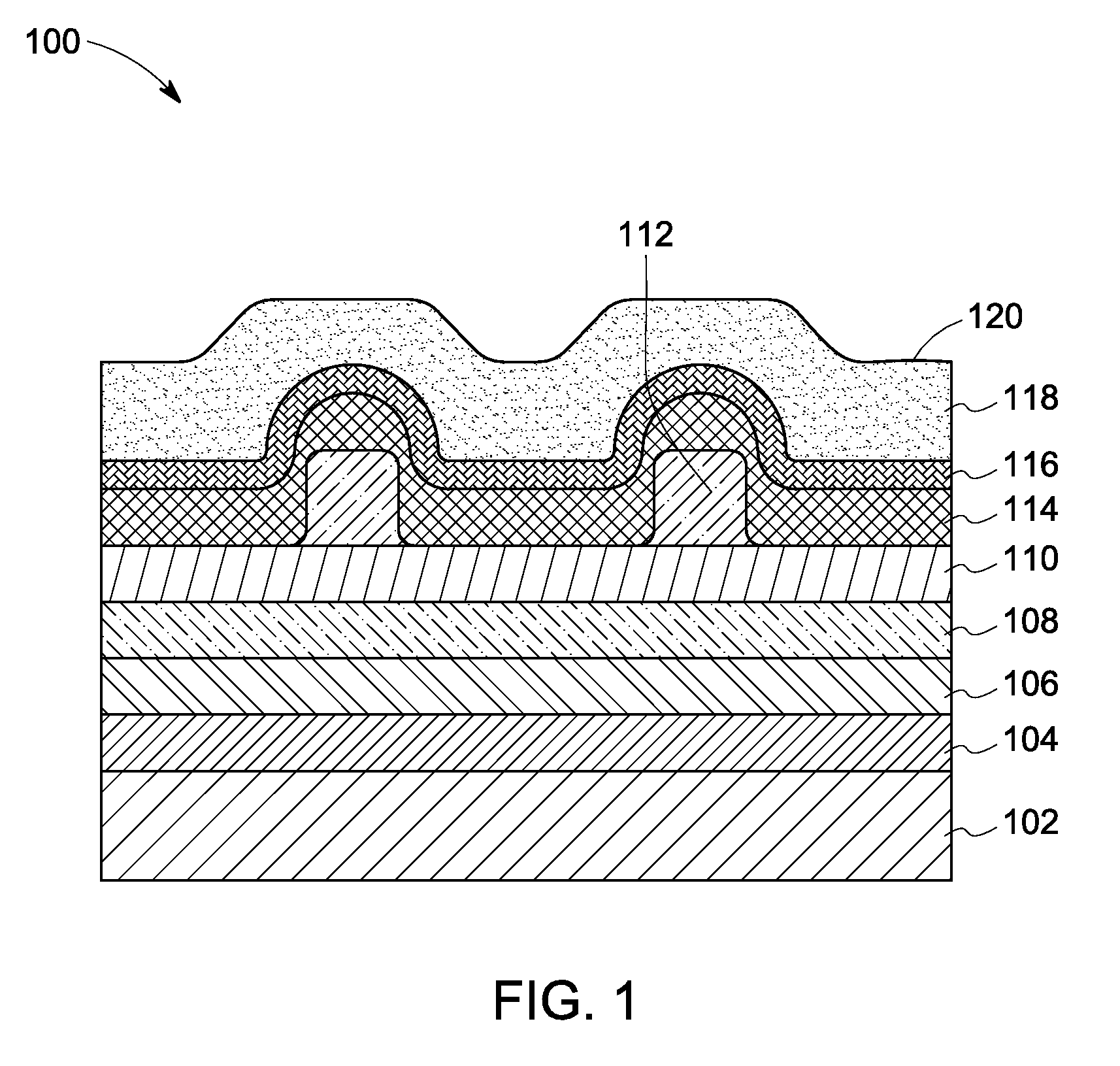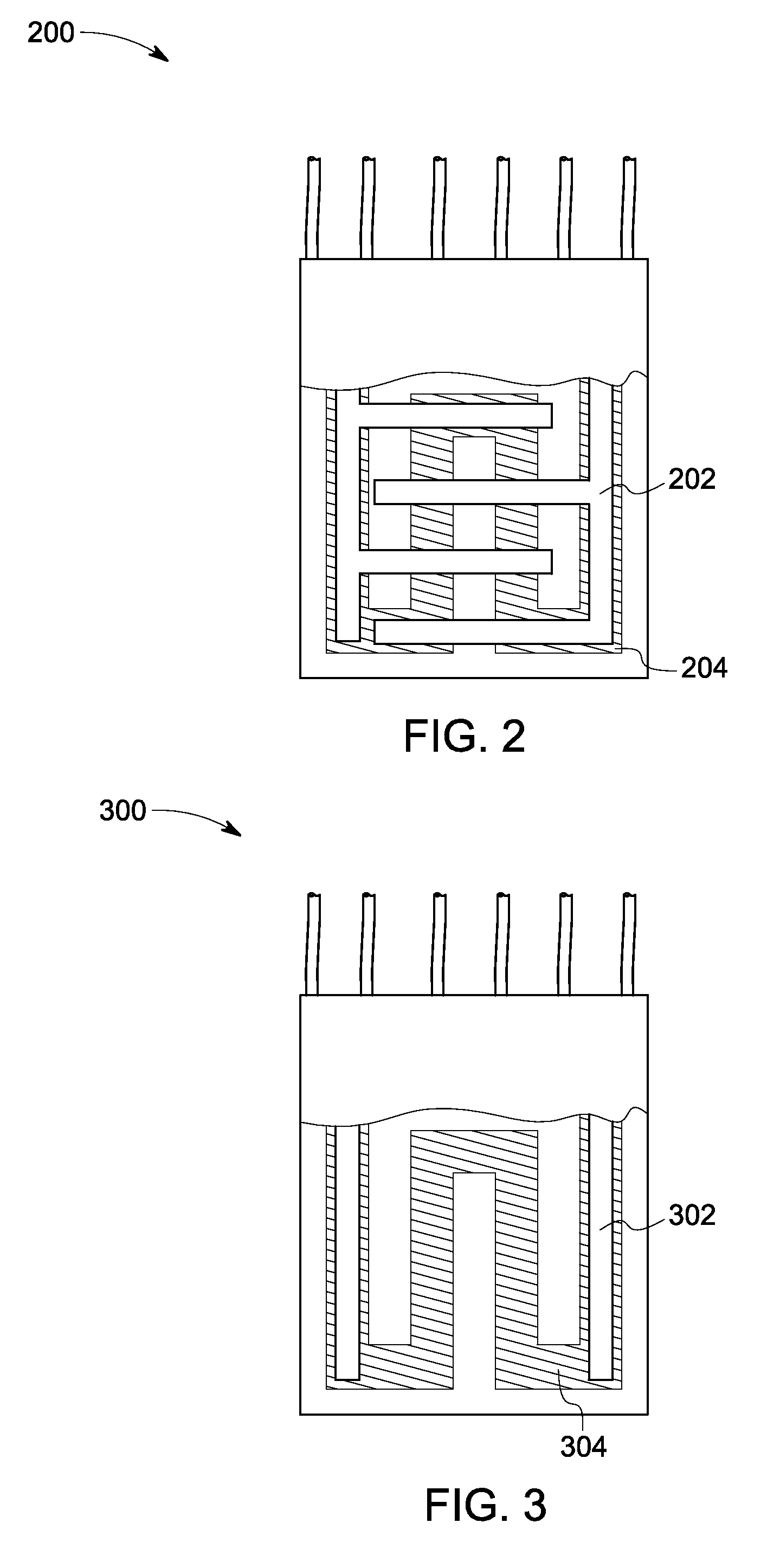Gas sensor and method of making
a technology of gas sensor and gas sensor, which is applied in the direction of electrochemical variables of materials, instruments, coatings, etc., can solve the problems of reducing the performance of catalysts upon exposure to sosub>x /sub>and water vapor, and reducing the efficiency of emissions control schemes that adversely affect or limit efficiency. commercially viable, and reducing the effect of emissions
- Summary
- Abstract
- Description
- Claims
- Application Information
AI Technical Summary
Problems solved by technology
Method used
Image
Examples
Embodiment Construction
[0021]In the following description, whenever a particular aspect or feature of an embodiment of the invention is said to comprise or consist of at least one element of a group and combinations thereof, it is understood that the aspect or feature may comprise or consist of any of the elements of the group, either individually or in combination with any of the other elements of that group.
[0022]A gas sensor may be used to determine if an “analyte” is present and / or to quantify an amount of the analyte. As used herein, the term “analyte” may refer to any substance to be detected and / or quantified, including but not limited to a gas, a vapor, a bioanalyte, particulate matter, and a combination thereof.
[0023]Since the primary constituents of NOx, i.e., NO and NO2 are interconvertible, reliable estimation of total NOx may be achieved if the response of the gas sensor, i.e., the NOx concentration dependent change in resistance of the gas sensor is equal (in terms of magnitude and sign) for...
PUM
| Property | Measurement | Unit |
|---|---|---|
| response time | aaaaa | aaaaa |
| response time | aaaaa | aaaaa |
| recovery time | aaaaa | aaaaa |
Abstract
Description
Claims
Application Information
 Login to View More
Login to View More - R&D
- Intellectual Property
- Life Sciences
- Materials
- Tech Scout
- Unparalleled Data Quality
- Higher Quality Content
- 60% Fewer Hallucinations
Browse by: Latest US Patents, China's latest patents, Technical Efficacy Thesaurus, Application Domain, Technology Topic, Popular Technical Reports.
© 2025 PatSnap. All rights reserved.Legal|Privacy policy|Modern Slavery Act Transparency Statement|Sitemap|About US| Contact US: help@patsnap.com



